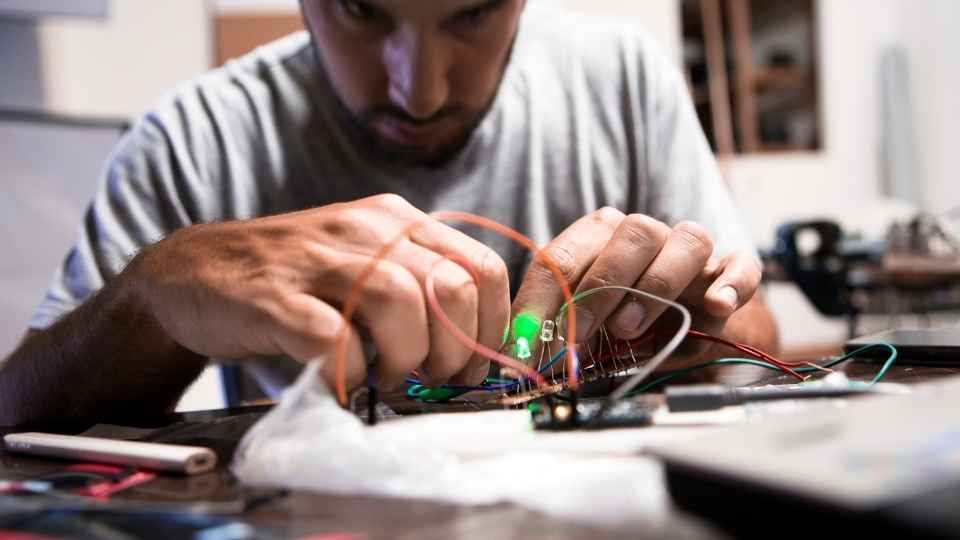
In a world where robots are becoming increasingly integrated into our daily lives, the importance of functional and aesthetic design cannot be overstated. These futuristic machines not only serve practical purposes but also have the potential to captivate us with their visual appeal.
As we delve into the fascinating realm of robot design, this article aims to explore how the marriage of functionality and aesthetics is shaping tomorrow's robots. From innovative designs that enhance performance to sustainable materials that minimize environmental impact, join us on this journey as we unravel the intricate relationship between form and function in robotics.
Key Takeaways
- The evolution of robot design is focused on creating sleek and streamlined aesthetics, seamlessly integrating robots into various environments, and optimizing their shape and movement for efficiency.
- Aesthetics play a crucial role in enhancing robot functionality, improving human-robot interaction, influencing perceptions of a robot's capabilities, and building trust and confidence in their abilities.
- Innovations in functional design aim to enhance efficiency and adaptability, enable robots to perform complex tasks with precision and speed, navigate challenging environments, and collaborate with humans for increased productivity and safety standards.
- Aesthetic design has a significant impact on user interaction, influencing experiences and perceptions, promoting positive interactions through human-like features, building trust and comfort, and facilitating seamless interaction and engagement between humans and robots.
The Evolution of Robot Design
The evolution of robot design has seen a shift towards more sleek and streamlined aesthetics that prioritize both form and function.
As robots continue to play an increasingly integral role in our lives, their design has become a crucial factor in ensuring seamless integration into various environments. The emphasis on sleekness not only enhances the visual appeal but also improves the overall functionality of robots.
By minimizing unnecessary protrusions and optimizing their shape, robots can navigate through tight spaces with ease while reducing the risk of damage or entanglement. Furthermore, streamlined designs reduce air resistance, enabling faster and more efficient movement, which is particularly important for applications such as autonomous vehicles or drones.
This evolution reflects a commitment to creating robots that are not only technically advanced but also visually appealing and adaptable to diverse tasks and environments.
The Role of Aesthetics in Robot Functionality
Utilizing a visually appealing and intuitive interface significantly contributes to the overall efficiency and user-friendliness of robotic systems. Aesthetics in robot design are no longer just about making robots look good; they play a crucial role in enhancing functionality as well.
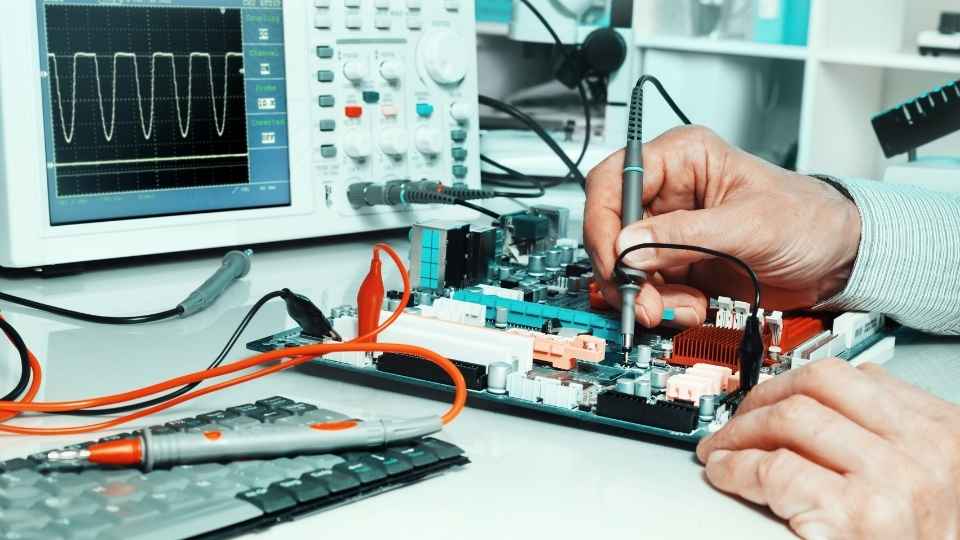
By incorporating elements of human-like features, such as expressive faces or natural body movements, robots can effectively communicate with users and elicit emotional responses. This improves human-robot interaction, making it more intuitive and engaging.
Additionally, aesthetics can also influence the perception of a robot's capabilities, instilling trust and confidence in its abilities. For example, a sleek and streamlined design may suggest speed and agility.
As we delve into the innovations in functional design for robotics, we will explore how these advancements are revolutionizing various industries by creating more efficient and versatile robotic systems.
Innovations in Functional Design for Robotics
Innovations in functional design for robotics have transformed the way industries operate by enhancing the efficiency and adaptability of robotic systems. The field of robotics has seen significant advancements in recent years, with a focus on developing robots that can perform complex tasks with precision and speed. These innovations in functional design have enabled robots to carry out tasks that were previously impossible or too dangerous for humans.
For example, robots equipped with advanced sensors and algorithms can now navigate through challenging environments, manipulate objects with dexterity, and even collaborate with human workers effectively. As a result, industries such as manufacturing, healthcare, logistics, and agriculture have experienced increased productivity and improved safety standards.
Transitioning into the subsequent section about 'the influence of aesthetic design on user interaction,' it is important to note that while functional design plays a crucial role in the performance of robotic systems, aesthetic design also holds significant importance in shaping user interaction with these machines.
The Influence of Aesthetic Design on User Interaction
Transitioning into the subsequent section about user interaction, it is crucial to consider how the aesthetics of robotic systems can impact the way users engage with these advanced technologies.
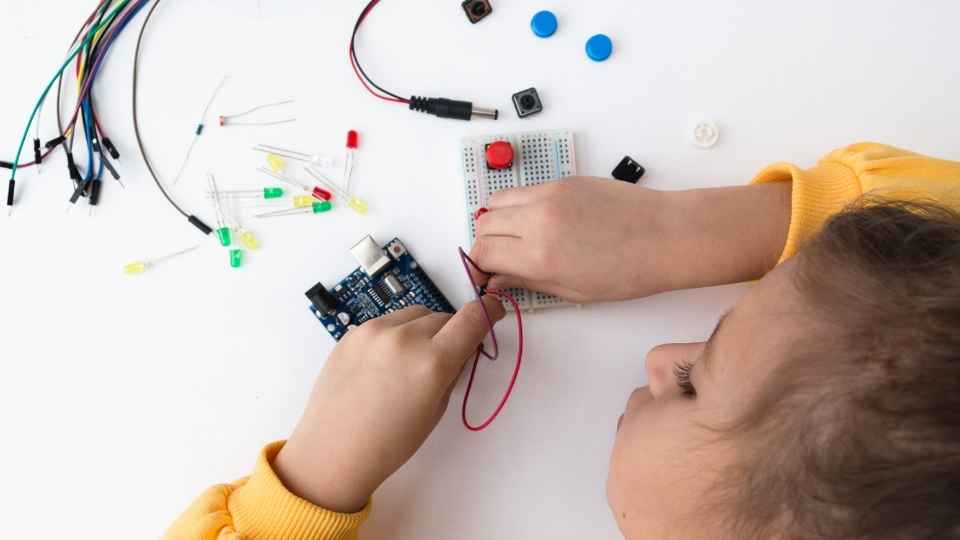
The design of a robot not only affects its functionality but also plays a significant role in shaping user experiences and perceptions. Aesthetic design elements such as form, color, texture, and overall appearance can evoke certain emotions and attitudes towards robots.
Research has shown that humans tend to have more positive interactions with robots that possess human-like features or exhibit anthropomorphic qualities. Additionally, aesthetic design can influence users' trust, comfort level, and willingness to interact with robots.
Therefore, careful consideration must be given to the aesthetic aspects of robot design to ensure that they align with users' expectations and facilitate seamless interaction between humans and machines in a way that promotes freedom of expression and engagement.
Sustainable Materials and Design Principles in Robotics
As the field of robotics continues to evolve, there is an increasing focus on incorporating sustainable materials and design principles.
The selection of materials plays a crucial role in determining the environmental impact of robotic systems, with considerations such as recyclability, energy efficiency, and reduced waste generation being important factors.
Designing robots with eco-friendly principles in mind not only contributes to a more sustainable future but also allows for better integration into various industries and applications.
Material Selection Impact
The careful selection of materials greatly influences the performance and appearance of robots in the ever-evolving field of robot design. The right choice of materials can enhance functionality, durability, and overall efficiency. Engineers must consider factors such as strength-to-weight ratio, thermal conductivity, electrical properties, and environmental impact when selecting materials for different robot components.
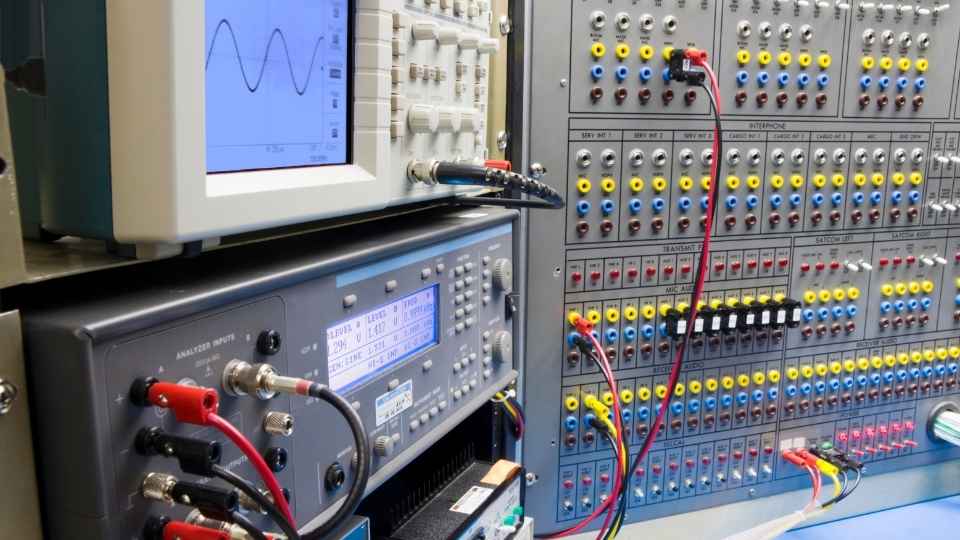
For example, lightweight and robust alloys like aluminum or carbon fiber composites are often used for structural elements to maximize strength while minimizing weight. High-conductivity metals are preferred for heat dissipation in power-intensive parts like motors or processors.
Furthermore, aesthetically pleasing materials can improve user experience and acceptance by creating a sense of familiarity or even empathy towards the robot.
Material selection is a critical aspect that directly impacts the success of robotic systems in various industries where freedom to choose optimal materials ensures technological advancement.
Design for Eco-Friendly
To create environmentally sustainable robotic systems, engineers must prioritize the selection of eco-friendly materials that minimize ecological impact throughout the lifecycle of the product. Designing for eco-friendliness involves considering factors such as material sourcing, manufacturing processes, energy consumption, and end-of-life disposal.
The choice of materials plays a crucial role in reducing environmental harm. Opting for renewable and recyclable materials not only reduces resource depletion but also minimizes waste generation and pollution.
Additionally, engineers need to focus on optimizing energy efficiency by designing robots that consume less power during operation. This can be achieved through efficient hardware design, intelligent control algorithms, and power management techniques.
Lastly, considering end-of-life scenarios is vital to ensure proper recycling or disposal of robotic systems without causing harm to the environment.

When it comes to designing robots, there is a delicate balance between form and function. Achieving this equilibrium requires careful consideration of both the aesthetic appeal and the practicality of the design.
The form of a robot should not only be visually appealing but also enhance its functionality. For instance, sleek and streamlined designs can help improve maneuverability and reduce energy consumption. On the other hand, an overly complex or ornamental design could hinder the robot's performance and limit its capabilities.
Finding this balance is crucial as it ensures that robots are not only efficient in their tasks but also visually pleasing to interact with. By harmonizing form and function, designers can create robots that seamlessly integrate into our daily lives without compromising on their ability to perform tasks effectively.
Transitioning into the subsequent section about humanoid robots: balancing function and aesthetics, let's explore how designers are striving to achieve this delicate equilibrium in creating robots that resemble humans while still being highly functional.
Humanoid Robots: Balancing Function and Aesthetics
As technology advances, the design of humanoid robots has become a crucial consideration.
The challenge lies in finding the right balance between functionality and aesthetics.
While optimizing the design for human interaction is essential, it must also be weighed against practicality.
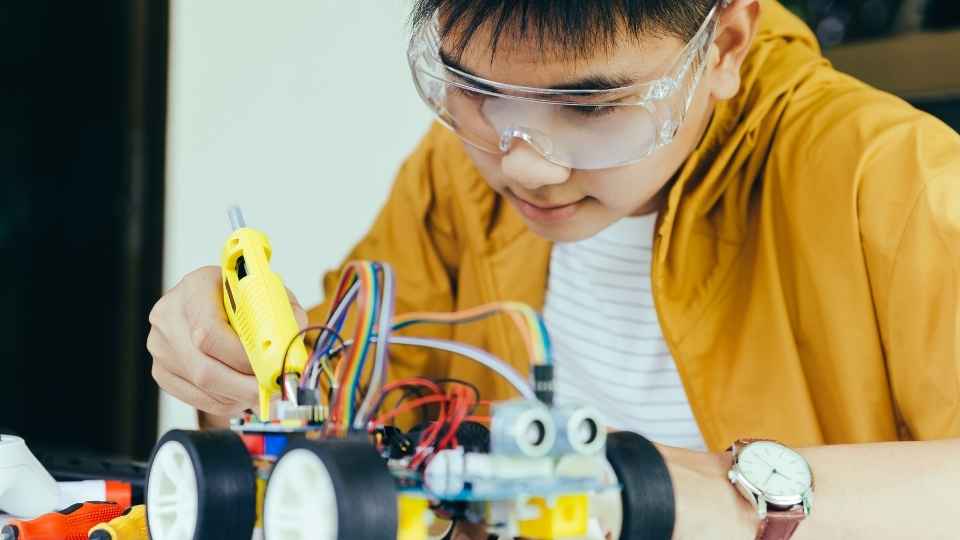
This is to ensure that the robot can perform its intended tasks efficiently and effectively.
Optimal Design for Humans
The optimal design for humans in robot development plays a crucial role in shaping tomorrow's robots. To ensure an effective and user-friendly human-robot interaction, designers must consider several factors:
Ergonomics: Robots should be designed to mimic human capabilities and movements, enabling them to perform tasks efficiently and comfortably. This includes considering factors such as reachability, mobility, and dexterity.
User Interface: The interface between humans and robots should be intuitive and easy to understand. Designers need to focus on creating clear visual displays, natural language processing capabilities, and responsive touchscreens or buttons.
Safety Measures: Robots must be equipped with safety features that protect both the users and themselves. This includes collision detection systems, emergency stop buttons, and fail-safe mechanisms.
Customizability: Each individual has unique preferences and needs when it comes to interacting with robots. Providing options for customization ensures that users can adapt the robot's behavior or appearance according to their specific requirements.
Aesthetics Vs. Practicality
As the field of robotics advances, designers face a challenging dilemma: should they prioritize aesthetics or practicality in robot design? While aesthetics can enhance user experience and foster emotional connections with robots, practicality is crucial for achieving optimal functionality. Striking a balance between these two aspects becomes imperative to create robots that not only perform tasks efficiently but also appeal to human sensibilities.
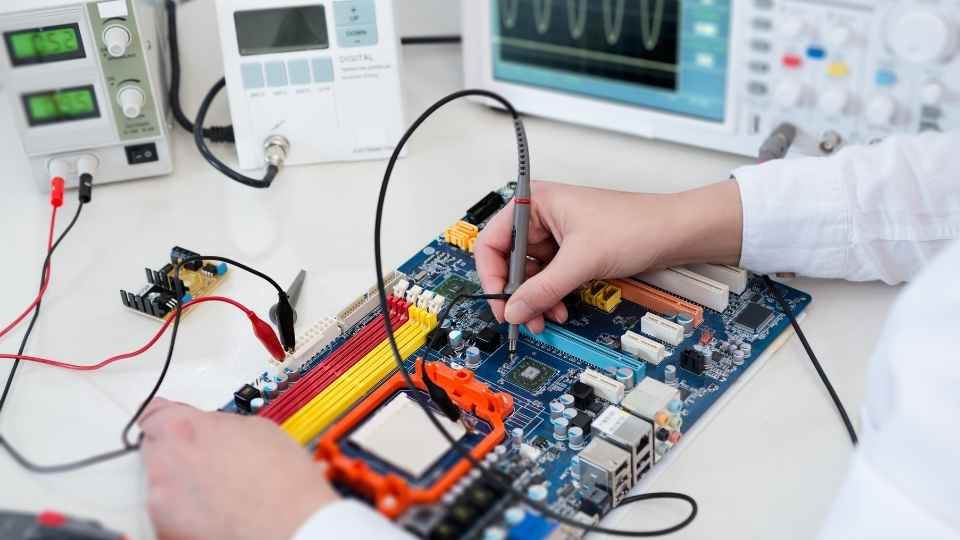
Aesthetics play a significant role in shaping human perceptions of robots. Design elements such as color, shape, and texture can influence how people interact with and respond to robots. However, prioritizing aesthetics without considering practicality could lead to compromised functionality, limiting the robot's potential applications.
To address this challenge, designers must employ an analytical approach that combines aesthetic principles with practical considerations. By understanding the specific requirements of each robotic application and incorporating them into the design process, engineers can achieve an optimal balance between aesthetics and practicality.
This approach ensures that tomorrow's robots are not only visually appealing but also highly functional and capable of meeting diverse user needs.
Frequently Asked Questions
How Do Robots With Different Designs and Aesthetics Impact User Perception and Acceptance?
Robots with different designs and aesthetics can greatly impact user perception and acceptance. Factors such as form, color, and overall appearance play a crucial role in shaping users' opinions about the robot's capabilities, trustworthiness, and suitability for specific tasks.
What Are Some Challenges That Designers Face When Trying to Balance Functionality and Aesthetics in Robot Design?
Designers face challenges in balancing functionality and aesthetics in robot design. They must consider factors such as user perception, acceptance, and the impact of different designs on these aspects. Finding the right balance is crucial for shaping tomorrow's robots.
Are There Any Specific Design Principles or Guidelines That Are Followed in the Field of Robot Design?
Design principles and guidelines are essential in the field of robot design. They provide a framework for balancing functionality and aesthetics, ensuring that future robots are both efficient and visually appealing.
How Do Sustainable Materials and Design Principles Contribute to the Overall Development and Future of Robotics?
Sustainable materials and design principles play a crucial role in the overall development and future of robotics. By incorporating environmentally friendly materials and focusing on energy efficiency, we can create robots that are not only functional but also contribute to a sustainable future.
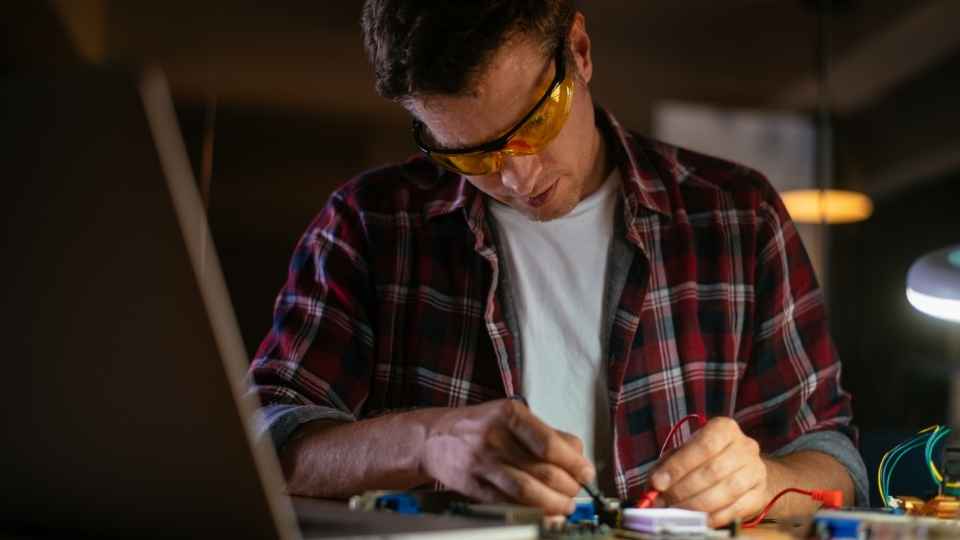
Innovative functional designs have significantly improved robot performance. Examples include the development of articulated robotic arms for precise movements, advanced sensor systems for enhanced perception, and modular designs that allow for easy customization and scalability.
 Basic Electronics ConceptsEssential ToolsCircuit Design BasicsMicrocontrollersDIY Electronics ProjectsRoboticsPrivacy PolicyTerms And Conditions
Basic Electronics ConceptsEssential ToolsCircuit Design BasicsMicrocontrollersDIY Electronics ProjectsRoboticsPrivacy PolicyTerms And Conditions
